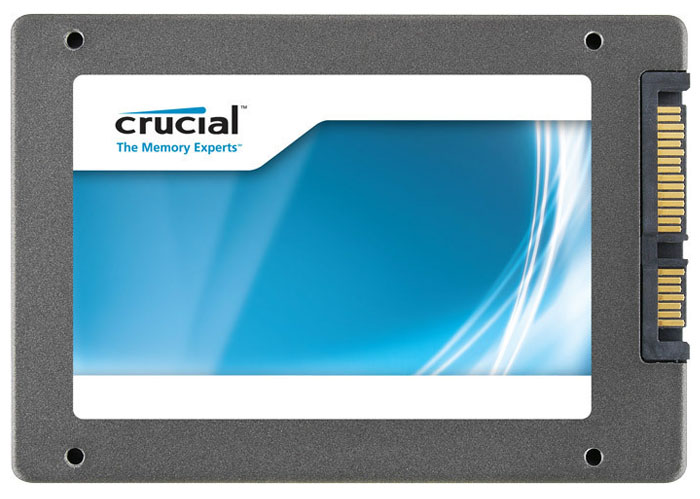
In a pivotal legal development, a New Jersey judge has ruled that digital evidence extracted from the vehicle involved in the tragic collision that claimed the lives of NHL star Johnny Gaudreau and his brother Matthew will be admissible in court. This decision marks a significant stride for the prosecution in a case that continues to draw national attention, highlighting the increasingly critical role of vehicle telemetry in modern legal proceedings.

The Ruling: A Victory for Digital Forensics
Judge Michael Silvanio, presiding over the case in New Jersey, unequivocally denied the defense`s motion to suppress evidence derived from the vehicle`s airbag control module (ACM) and its integrated infotainment system. The defense had argued that the collection of this data fell outside the purview of the initial search warrants. However, Judge Silvanio`s ruling was concise and pointed: “Two valid search warrants for which there was probable cause.” This declaration underscores the court`s stance on the legality and necessity of digital evidence in such complex investigations.
This decision is not merely procedural; it provides the prosecution with a potent arsenal of information. The ACM, often referred to as a vehicle`s “black box,” records crucial pre-collision data, including speed, braking patterns, acceleration, and even seatbelt usage, milliseconds before and during an impact. The infotainment system, while seemingly innocuous, can log GPS coordinates, recent destinations, call records, and even user interactions, providing a detailed digital footprint of the vehicle`s movements and the driver`s state.
The Silent Witnesses: Decoding Vehicle Data
In an era where vehicles are essentially rolling computers, the data they collect has become invaluable for accident reconstruction and criminal investigations. Unlike traditional eyewitness accounts, which can be prone to human error or bias, vehicle data offers an objective, time-stamped record of events. For prosecutors, this “digital witness” can corroborate or contradict human testimony, providing an unvarnished account of what transpired in the moments leading up to a collision.
The ability to access and utilize this specific data from Sean Higgins` vehicle—the individual charged in the incident—is particularly critical. Prosecutors allege Higgins was intoxicated when he struck Johnny and Matthew Gaudreau as they cycled on August 29, 2024. Evidence from the ACM could precisely detail the vehicle`s speed and braking behavior, while infotainment data might shed light on potential distractions or the vehicle`s trajectory. Such information is paramount in supporting charges like first-degree aggravated manslaughter, reckless vehicular homicide, and leaving the scene of a fatal accident, all of which Higgins faces.
Implications for the Case and Beyond
The judge`s ruling means that the prosecution can now present what could be highly incriminating evidence directly linking Higgins` actions to the tragedy. This strengthens their position significantly and narrows the avenues for the defense, which sought to remove this technical data from consideration. It implies that investigators adhered strictly to legal protocols in obtaining the warrants, ensuring the evidence`s integrity.
Beyond this specific case, the ruling serves as a broader affirmation of the role of advanced vehicle forensics in the justice system. As vehicles become more connected and data-rich, courts are increasingly grappling with how to treat this digital information. This decision from a New Jersey court adds another layer of legal precedent, signaling that appropriately obtained digital vehicular data is indeed a legitimate and powerful form of evidence in criminal proceedings. The very technologies designed to enhance our driving experience—or, indeed, to mitigate the impact of a collision—now stand as silent, unyielding witnesses in the pursuit of justice.
The Path Forward
With this crucial legal hurdle cleared, the case against Sean Higgins is poised to move forward with renewed momentum. The next court date is scheduled for September 18, where further proceedings are expected to unfold. For the Gaudreau family, this ruling represents a significant step on what remains a long and arduous path towards understanding and accountability, as they continue their search for closure following an unimaginable loss.
The intersection of advanced automotive technology and legal jurisprudence continues to evolve, demonstrating how digital footprints left by modern vehicles are becoming indispensable in uncovering the truth and ensuring justice is served.










